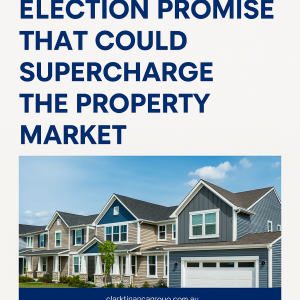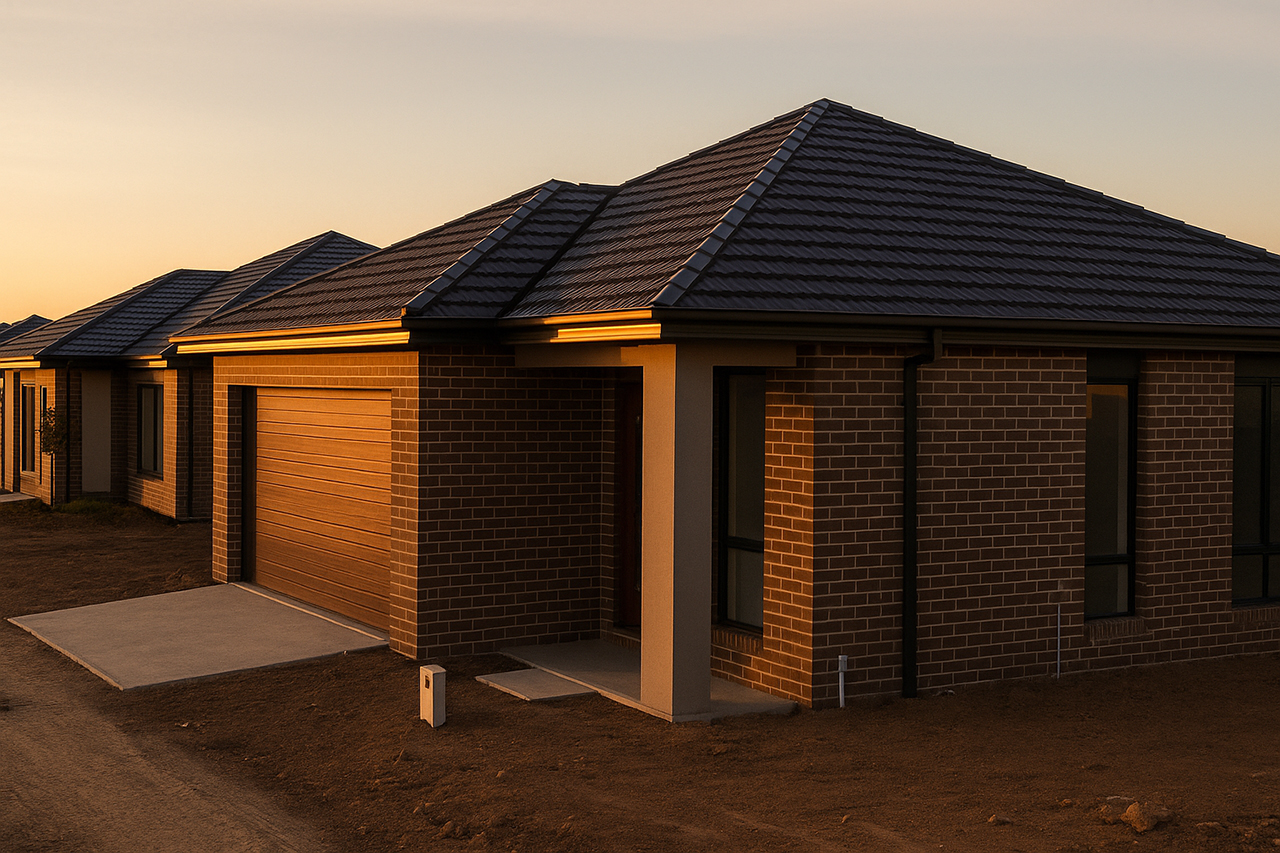
How Election Promises Could Supercharge the Australian Property Market in 2025
As Australia gears up for the 2025 federal election, housing policy has taken centre stage, with both major parties unveiling proposals that could reshape the property market for first-home buyers, investors, and sellers alike.
With the cost of living still biting and property prices on the rise, every announcement from Canberra is under scrutiny. In this blog, we’ll break down the most impactful policies from both the Coalition and Labor, and explore what these could mean for you if you’re planning to buy, sell, or invest in property in the near future.
How Coalition's Super-for-Housing Scheme Impacts Buyers, SellersThe Coalition’s Super-for-Housing Scheme: A Game Changer or a Price Driver?
The Coalition has pledged to allow first-home buyers to access up to $50,000 or 40% of their superannuation to use as a home deposit. This policy is a revival of a similar 2022 proposal and is designed to help young Australians get into the market faster by using their super to bridge the deposit gap.
According to Housing Industry Association Managing Director Jocelyn Martin, this proposal directly addresses one of the most significant barriers to homeownership: saving for a deposit.
However, there are warnings too. Professor Chris Leishman’s economic modelling suggests that enabling access to superannuation could lead to a 7.4% to 10.3% increase in property prices, adding further pressure to an already competitive market.
What It Means for Buyers:
- Could help you buy a home faster, particularly if you’re struggling to save a 20% deposit.
- May boost short-term affordability but could lead to long-term price increases.
What It Means for Sellers:
- Could see an uptick in buyer demand, especially from younger and first-home buyers.
- May push property prices higher, particularly in affordable markets.
Labor’s Expanded Help to Buy Scheme: More Equity, More Access
On the other side of the aisle, the Labor government has confirmed a major expansion of its Help to Buy shared equity scheme, increasing the total funding to $6.3 billion.
Under this scheme, eligible buyers can purchase a property with as little as 2% deposit, with the government contributing up to 40% of the home’s value for new properties or 30% for existing ones.
Labor has also increased the eligibility income caps to $100,000 for individuals and $160,000 for couples and single parents. Property price caps have also been lifted to $1.3 million for Sydney, $1 million for Brisbane and Canberra, and $950,000 for Melbourne.
What It Means for Buyers:
- Offers a more affordable entry point for lower- and middle-income earners.
- Reduces the loan amount you need to take out (and repay).
- May provide an alternative to dipping into superannuation.
What It Means for Investors:
- Could bring more competition into the market in the sub-$1 million range.
- Encourages more buyers who may have otherwise remained in the rental market.
Greens Push for Structural Tax Reform: A Long Shot or a Future Influence?
While the Greens are unlikely to form government, they may hold the balance of power—and their proposed reforms to negative gearing and capital gains tax could significantly impact investors if adopted in a power-sharing agreement.
Their proposal includes:
- Removing negative gearing for new investors.
- Reducing the capital gains tax discount from 50% to 25%.
These measures aim to reduce speculative buying and cool investor-driven price inflation, although opponents argue they could shrink rental supply and increase rents.
What It Means for Investors:
- Could alter the tax incentives for purchasing investment property.
- Might shift focus to long-term value strategies instead of short-term capital gains.
The Interest Rate Factor: RBA Cuts Offer Timely Relief
Amid all these policy discussions, the Reserve Bank of Australia (RBA) has delivered its own headline: a 25 basis point cut to the official cash rate, bringing it to 4.10%.
This is the first rate cut since November 2020, marking a potential turning point for the housing market. Major banks such as NAB and Westpac now predict further cuts this year, with the cash rate potentially falling to as low as 3.10% by 2026.
What It Means for Borrowers:
- Lower rates could boost borrowing power.
- Monthly repayments may fall by up to $154 per month on a $1 million loan.
What It Means for the Market:
- Combined with election policies, rate cuts could supercharge demand, especially in the second half of 2025.
- Sellers could benefit from stronger prices, while buyers will need to act quickly.
So, What Should You Do Right Now?
With major policies in play and interest rates on the move, the next few months could be a critical window for buyers, sellers, and investors. Here’s how you can prepare:
If You’re a First-Home Buyer:
- Explore your eligibility for the Help to Buy scheme.
- Consider how a potential super access policy could help your deposit savings.
- Act now to secure a home before demand potentially increases.
If You’re an Investor:
- Review your tax position in case of future reforms to negative gearing or CGT.
- Stay informed on rental demand in your target suburbs.
If You’re Planning to Sell:
- Get your property campaign ready before the election period and school holidays.
- Consider listing before mid-May, when market activity is expected to pick up.
The Bottom Line: Timing Could Be Everything in 2025
With election promises that could unlock tens of thousands of new buyers, paired with a likely series of rate cuts, Australia’s property market could be in for a significant surge in activity this year.
At Clark Finance Group, we help home buyers, refinancers and investors stay ahead of the curve. We’ll guide you through your options and help you understand how these changing policies could work to your advantage.
📞 Book your free, obligation-free consultation today and let’s create a strategy tailored to your goals:
👉 Book Online Now
Disclaimer: The content of this article is general in nature and is presented for informative purposes. It does not constitute tax or financial advice. Please consult a licensed professional before making any decisions based on this information.







